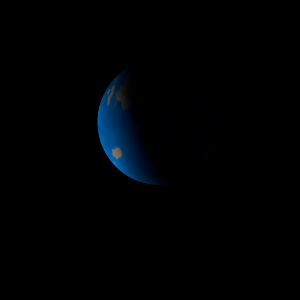|
|
Space Astro
|
Info for exoplanet "Tecar"
| Scientific (actual) data |
|---|
| Name | Kepler-359 b |
| Planet status | Confirmed |
| Radius | 0.315 |
| Orbital period | 25.5632 |
| Semi major axis | 0.178 |
| Discovered | 2014 |
| Updated | 2021-02-05 |
| Tconj | 2455210 |
| Impact parameter | 0.21 |
| Publication | Announced on a website |
| Detection type | Primary Transit |
| Alternate names | 2MASS J19331047+4211468 b, K02092.02, KIC 6696580 b, KOI-2092 b, KOI-2092.02, WISE J193310.47+421146.8 b |
| Star name | Kepler-359 |
| Right ascension | 293.29° |
| Declination | 42.2° |
| Mag j | 14.736 |
| Mag h | 14.43 |
| Mag k | 14.487 |
| Star distance | 1502.22 |
| Star metallicity | -0.039 |
| Star mass | 1.07 |
| Star radius | 1.09 |
| Star temperature | 6248 |
| Star alternate names | 2MASS J19331047+4211468, KIC 6696580, KOI-2092, WISE J193310.47+421146.8 |
| Wikipedia article | Kepler-359 b |
Back
| |
| Fictional info (?) |
|---|
| Suggested name | Tecar |
| Planet type | Planet |
| As seen relative to the fixed stars, it rotates on its axis exactly five times for every three revolutions it makes around Kepler-359. |
| Atmosphere | Water vapor | 63% |
| Sulfur dioxide | 30% |
| Krypton | 6.4% |
| Atmospheric pressure | 0.12 bar |
 |
| No known satellites |
| Google search for Tecar |
|
Website by Joachim Michaelis
|
|
|
|